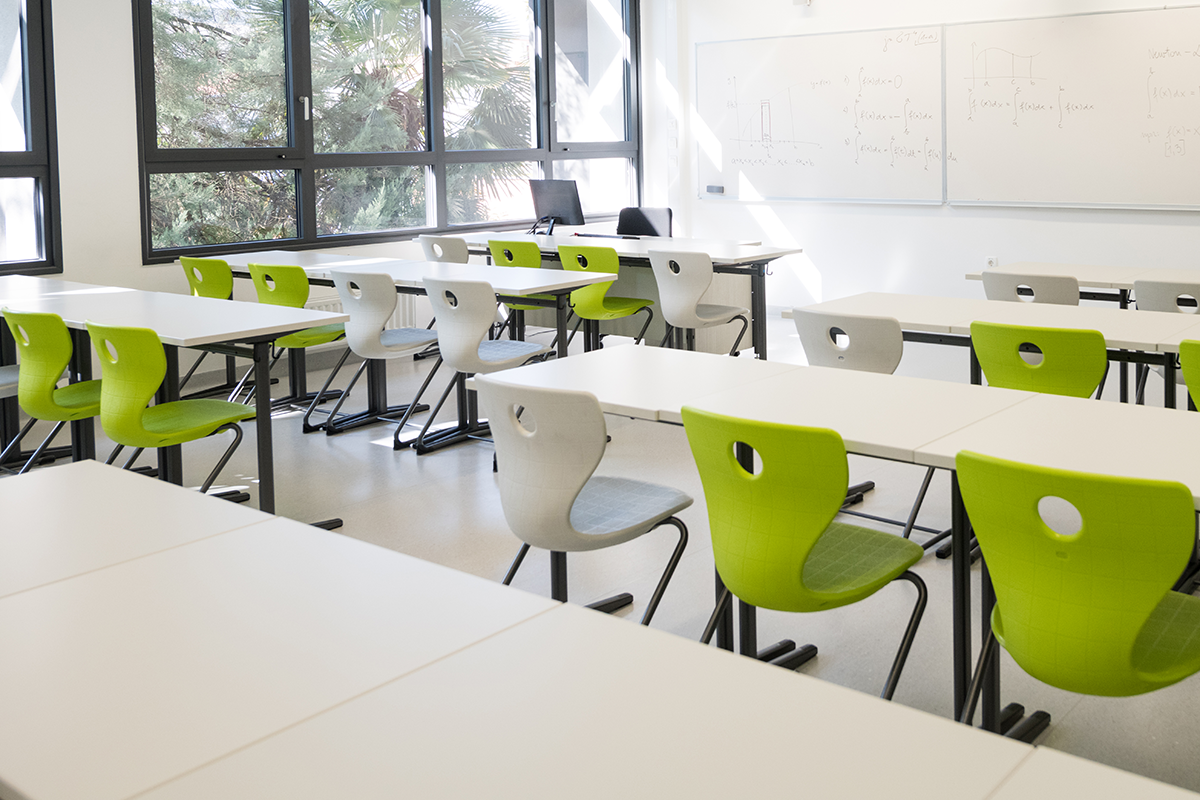In a Jan. 25 webinar hosted by CSBA and WestEd, experts analyzed the landscape of school reopenings during the COVID-19 pandemic and explored the numerous considerations that district boards must take into account in reopening campuses, including staffing, learning loss, local public health statistics, local politics and more. Viewers also gleaned insights from Solana Beach Unified School District trustee Debra Schade, and Napa Valley USD superintendent Rosanna Mucetti.
Even if a district is nowhere near meeting the community spread requirements outlined in Gov. Gavin Newsom’s Safe Schools for All plan to reopening, Dr. Kelsey Krausen, senior engagement manager at WestEd, said that getting a jump start on planning how best to reopen campuses is critical.
“This planning needs to happen now in conversation with communities,” Krausen said. “There are so many moving pieces with the Governor’s proposal, and so this is an important time to start looking ahead to thinking about things like an extended school year or summer based on your particular context.”
Panelists broke down five key considerations for the reopening of schools: safety, student achievement and well-being, community preferences, resources and staffing.
Krausen noted that safety is paramount. Any district working to craft a reopening plan must consider community infection rates, and whether or not it can accommodate small cohorts that adhere to any physical distancing, testing and PPE requirements included in reopening plans. Other early considerations will include both staffing (the state of the local substitute pool, labor agreements and more), as well as resources (fiscal, access to devices and services, connectivity and community support).
When it comes to community preferences, Krausen noted that districts should be prepared to account for differences based on factors such as race and socioeconomic status, and know that community preference on whether to continue in distance learning or shift to in-person instruction is likely to be mixed across districts.
Student achievement and well-being is a consideration at all times, not just during a pandemic, she said, though now students need more support than ever. Distance learning and social isolation haven’t been easy on children, and students will likely be struggling with social-emotional challenges when they return. It is critical that local educational agencies ensure that proper supports are in place so that teachers aren’t shouldering the burden of supporting students’ mental health on their own.
Landscape analysis of district reopening statewide
Jason Willis, director of Strategy & Performance at WestEd, shared findings suggesting that little has changed since October 2020 in terms of the type of instruction happening statewide. As of Dec. 16, 2020 — the last time a statewide sample was collected —19 counties/213 districts are offering min-person instruction to the majority of students; 22 counties/413 districts, which include the largest in the state, are primarily offering distance learning; and 17 counties/318 districts are offering some blend of the two.
Resources and services to address those most impacted by learning loss and mental stressors associated with isolation and distance learning will likely need to be targeted to ensure equity. When looking at those in the mostly distance learning category, Willis noted that low-income youth and Black and Latino children are largely overrepresented. That means they are also likely the ones experiencing the harshest learning loss.
It is vital that school board trustees be cognizant of what their own district data show, and that steps are taken when crafting reopening plans to address the needs of students most likely to be losing the most during distance learning.
“One of the themes that I want to raise up is really to be thinking about those students in your systems that are the most vulnerable,” Willis said. “It is more than likely that those students are farther behind some of their better off peers as a result of the mode of learning that we’ve been in over the course of the last 10 months.”
View the webinar here to get an in-depth look at how some LEAs have reopened, as well as their equity considerations, community and family engagement efforts and focus of discussions regarding vaccines and testing.




